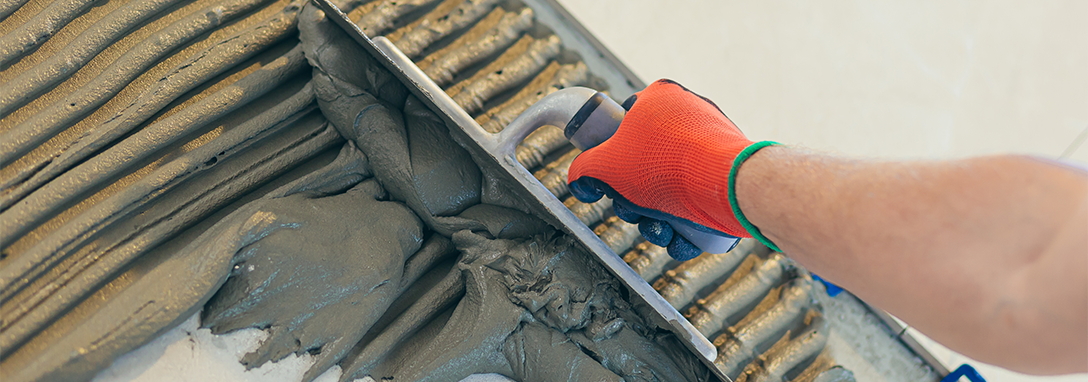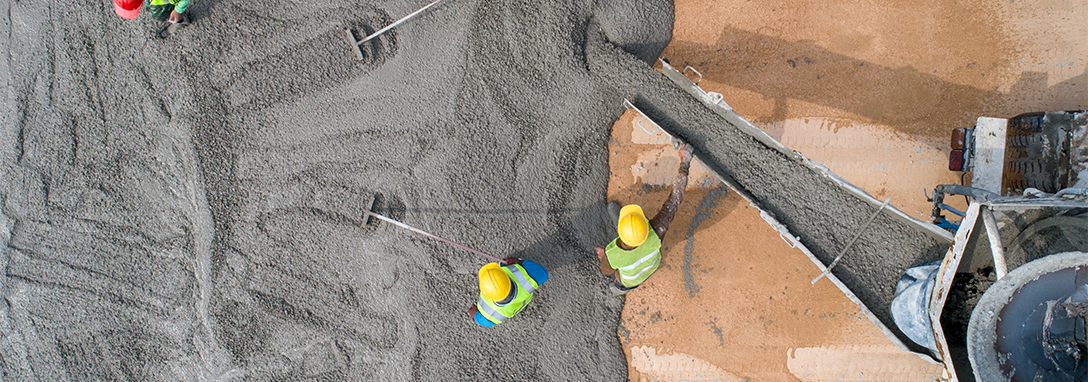Effective Ways to Ensure Uniform Mixing in Ready-Mix Concrete Batching Plants
Introduction
In large-scale construction projects, achieving consistent and high-quality concrete is crucial. A Ready-Mix Concrete (RMC) plant in Hosakote plays a significant role in delivering well-mixed concrete with precise ingredient proportions. However, ensuring uniform mixing in RMC plants requires advanced batching techniques, high-quality raw materials, and strict adherence to standard procedures. This article explores the importance of ready-mix concrete, the type of cement used, and effective ways to maintain uniform mixing for optimal construction quality.
Why Use Ready-Mix Concrete?
-
Consistency & Quality
RMC is produced under controlled conditions, ensuring uniform strength and durability compared to site-mixed concrete.
-
Time & Cost Efficiency
It eliminates the need for on-site mixing, reducing labor costs and project timelines.
-
Reduced Wastage
Precise ingredient measurements minimize material waste, making RMC a cost-effective solution.
-
Better Workability & Strength
Designed for specific construction needs, ready-mix concrete enhances structural integrity.
-
Environmental Benefits
Using an RMC plant in Hosakote reduces dust pollution and energy consumption compared to traditional mixing methods.
Which Cement Is Used in Ready-Mix Concrete?
Choosing the right cement type is essential for ensuring durability and strength. The most commonly used cement in RMC includes:
-
Ordinary Portland Cement (OPC)
Widely used in general construction projects. Available in grades like OPC 33, OPC 43, and OPC 53.
-
Portland Pozzolana Cement (PPC)
Contains fly ash, improving workability and long-term durability. Reduces the heat of hydration, making it ideal for large structures.
-
Portland Slag Cement (PSC)
Contains blast furnace slag, enhancing resistance to chemical attacks. Suitable for marine and industrial construction.
-
Rapid Hardening Cement
Gains strength quickly, making it suitable for precast and repair works.
Selecting the right cement type in an RMC plant in Hosakote depends on project requirements, environmental factors, and structural load considerations.
How to Ensure Uniform Mixing in Ready Mix Concrete Batching Plants
Achieving uniform concrete mixing in RMC plants involves several crucial steps:
-
Use High-Quality Raw Materials
Ensure consistency in cement, aggregates, and water. Maintain strict quality checks on raw materials before batching.
-
Optimize Water-Cement Ratio
Excess water weakens concrete strength, while insufficient water affects workability. Use precise measuring equipment to maintain the right ratio.
-
Implement Automated Batching Systems
Computer-controlled batching systems ensure accurate ingredient proportioning. Minimizes human error and enhances consistency.
-
Maintain Proper Mixing Time
Under-mixing leads to uneven distribution of cement and aggregates. Over-mixing can reduce concrete workability and increase segregation risks. Typically, mixing time should be between 30 to 90 seconds, depending on the mixer type.
-
Use High-Performance Mixers
Twin-Shaft Mixers: Best for large batches, ensuring even distribution of materials. Pan Mixers: Suitable for smaller RMC plants, ensuring uniform blending. Drum Mixers: Common in transit mixing but requires precise control.
-
Regularly Inspect and Maintain Equipment
Clean mixer drums and blades to prevent material buildup. Calibrate batching systems frequently ensure accuracy. Inspect conveyor belts, weigh batchers, and discharge gates for smooth operation.
-
Monitor Slump & Workability
Conduct slump tests to check concrete consistency. Adjust mix design if necessary to maintain desired workability.
-
Ensure Proper Storage of Raw Materials
Store cement in dry, moisture-free conditions to prevent clumping. Keep aggregates free from contamination.
-
Control Mixing Speed & Sequence
Follow standard mixing sequences: Step 1: Add coarse aggregates and cement. Step 2: Introduce fine aggregates and water gradually. Step 3: Ensure all materials are thoroughly mixed before discharge.
-
Conduct Quality Control Tests
Perform cube tests, slump tests, and sieve analysis to verify concrete quality. Monitor variations in batch strength and adjust accordingly.
By implementing these techniques, an RMC plant in Hosakote can deliver high-quality concrete for various construction applications.
Frequently Asked Questions (FAQs)
Q1. What is the ideal mixing time for ready-mix concrete?
A: The ideal mixing time ranges from 30 to 90 seconds, depending on the type of mixer and batch size. Proper mixing ensures uniform consistency and strength.
Q2. How does the water-cement ratio affect concrete quality?
A: A balanced water-cement ratio enhances concrete strength and durability. Excess water weakens the mix, while too little water reduces workability.
Q3. Why is automated batching preferred in RMC plants?
A: Automated batching ensures precise ingredient measurements, reducing human errors and maintaining consistent quality.
Q4. How can I prevent segregation in ready-mix concrete?
A: To prevent segregation, use high-performance mixers, maintain the correct water-cement ratio, and avoid excessive mixing.
Q5. What tests ensure the quality of ready-mix concrete?
A: Common tests include slump tests, compressive strength tests, and sieve analysis to verify mix consistency and strength.
Q6. How often should RMC plant equipment be maintained?
A: Regular maintenance should be conducted weekly and monthly, with periodic calibration of batching systems to ensure accuracy.
Conclusion
Ensuring uniform mixing in a Ready-Mix Concrete (RMC) plant in Hosakote is crucial for delivering high-quality concrete in construction projects. By using high-performance mixers, maintaining optimal water-cement ratios, and implementing automated batching, RMC plants can achieve superior concrete consistency. Regular quality control tests and proper equipment maintenance further enhance the efficiency of the mixing process.
For premium-quality RMC solutions, choose a trusted RMC plant in Hosakote that follows the industry’s best practices. Contact us today to get the best concrete mix for your construction needs!
.png)




